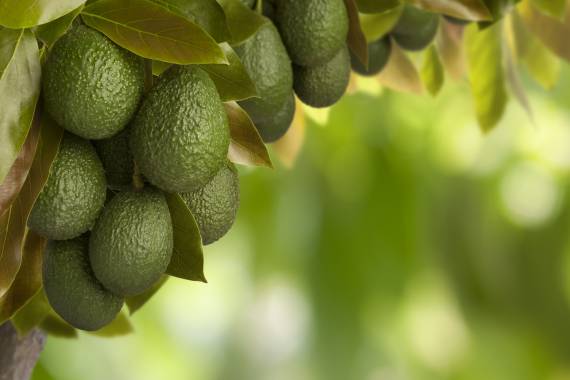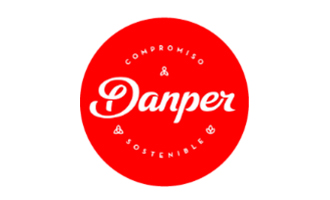Turnkey projects: Fruit preservation
A comprehensive solution for your fruit and vegetable preservation projects in a controlled atmosphere.

Avocados are the fruit of the avocado tree “Persea americana", native to Central America, specifically Mexico, where it was already consumed by the Aztecs and Mayans over 8,000 years ago. Introduced to Europe by the conquistadors, the avocado has gone from being an exotic fruit to being a common consumer product.
Mexico is by far the world's largest producer of the fruit (30% of global production), ahead of the Dominican Republic and Peru, and is the largest exporter and consumer, ahead of the United States.
Two varieties of avocado dominate the market: the 'Fuerte' avocado with its smooth skin and the 'Hass' avocado with its bumpy skin.
For harvesting, different indices are to be relied upon.
Maturity indicators:
Correspondence between :
Quality indicators:
Avocados do not ripen on the tree and ethylene production begins after harvest.
Unripe avocados are particularly sensitive to ethylene. To prevent them from ripening, it is essential to keep them away from other ethylene-emitting fruits and vegetables.
Storage conditions:
Exposure of avocados to ethylene therefore causes accelerated ripening and softening, and may increase the incidence of fruit damage.
Avocados do not tolerate heat treatments or the controlled atmospheres required for insect control.
Physiological disorders of avocado are exclusively cold related.
Avocado diseases are:




